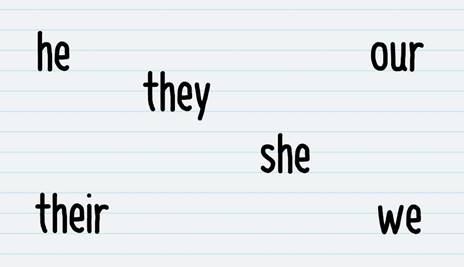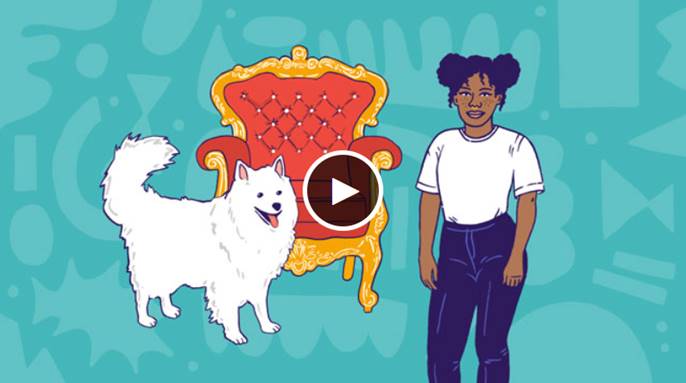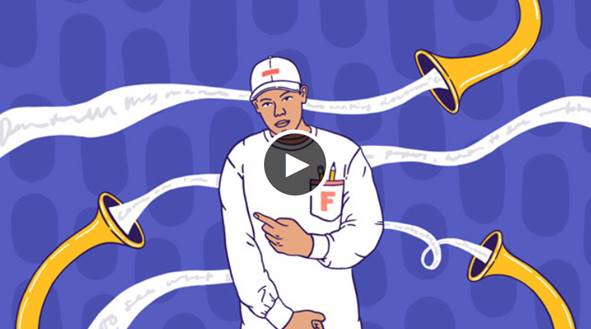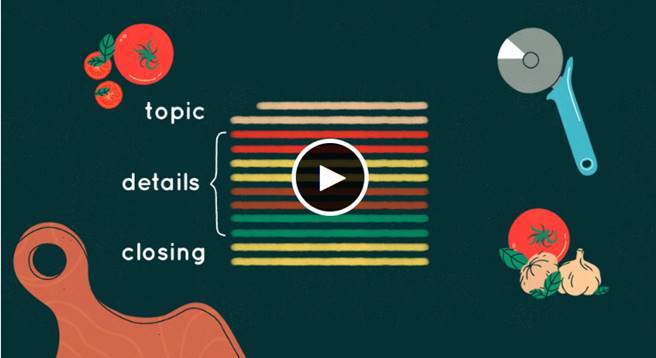Supporting
and Concluding Sentences
Unit Overview
The objective of this learning module is to
enable you to effectively formulate supporting and concluding sentences within
a cohesive paragraph structure, demonstrating a comprehensive understanding of these
key elements of paragraph construction. The unit will emphasize using pronouns
to replace key nouns for clarity and variety in your writing. You will also be
trained to avoid common sentence errors, including sentence fragments, run-on
sentences, and comma splices, thus improving sentence construction and overall
writing fluency. You will enhance their ability to deliver well-structured,
clear, and grammatically correct written communication by mastering these
skills.
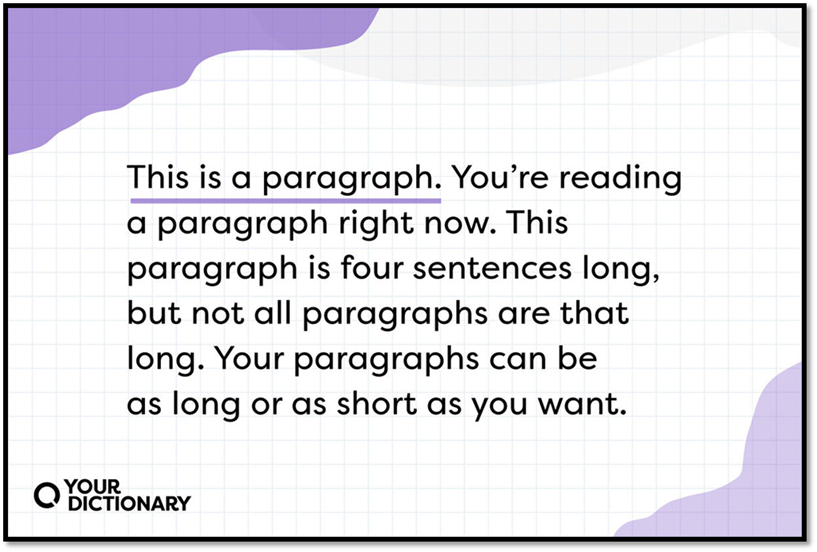
What are Supporting
Sentences?
Supporting sentences are crucial in providing information that
clarifies and elaborates on the topic sentence. They serve as the paragraph's
backbone, offering specific details and addressing important questions like Who? What? Where? When? Why? and How? Skillful writers carefully consider
these answers while composing their text.
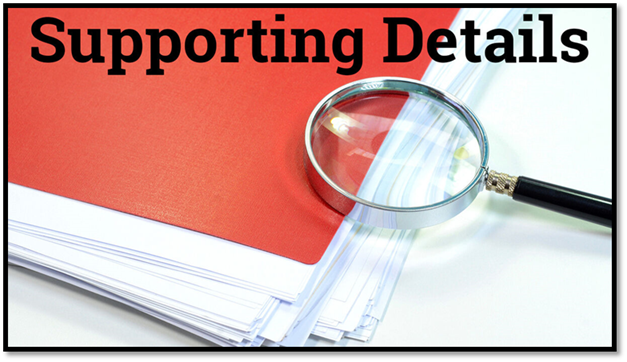
It's important to
remember that the controlling idea presented in the topic sentence acts as a
guiding force, shaping the content of your supporting sentences.
What do Supporting
Sentences Do?
Supporting sentences
serve various purposes, and writers utilize them to achieve one or more of the
following goals:
∑ Explanation: At age 10, her family relocated from their
farm due to economic factors.
∑ Description: Their residence was a stunning three-story
castle in the forestís heart.
∑ Reasons: Challenging working conditions drive certain individuals
to resign.
∑ Facts: Over 10 percent of this university's student body comprises
international students.†
∑ Examples: For instance, California is renowned for
being the leading producer of peaches, grapes, and strawberries.
∑ Definition: Gumbo is a thick soup containing seafood and
meat, typically served over rice.
Key Note: Staying on Track
|
While writing a paragraph, it's essential to
refer back to your topic sentence consistently. Avoid including any
information that isn't directly related to the topic sentence. Failure to do
so can lead to losing focus on the main idea. To maintain clarity,
periodically ask yourself questions about the topic sentence after completing
the paragraph. This approach will help you identify which content should be
retained and what should be removed from the paragraph. |
Avoid Unrelated
Information
Sometimes, writers
provide information that is not closely connected to the topic. When this
occurs, the paragraph loses its coherence, leading to potential confusion
regarding the writer's intended message. To ensure a smooth and coherent flow,
each sentence in a paragraph should be closely linked to the controlling idea or ideas presented in the topic sentence.
Letís Practice
Understanding Grammar: Pronouns Instead of Key Nouns
Since a paragraph focuses on a single topic,
writers frequently reiterate essential nouns
from the topic sentence in their supporting sentences. However, excessive repetition
of these nouns can make the writing awkward. To avoid this, you can use pronouns instead.
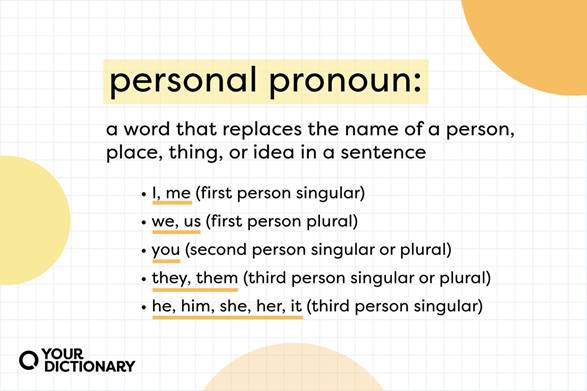
It is essential to use the appropriate singular
or plural pronoun corresponding to the noun it replaces.
|
Explanation |
Examples |
|
Pronouns take the place of a person, place, or
thing. Mark ŗ He New York
Cityŗ It Dogs ŗ They |
New York City is one of the best
cities to visit on the United States East Coast. It has some of the most interesting tourist spots in the country.
One of the
people I most admire is my grandfather.
He came to the United States from
Italy in 1911. |
|
Remember
to be consistent. If you use they
at the beginning of a paragraph, do not switch to it. |
Elephants are among the most interesting of all
the animals that live in Africa. Their
special features easily recognize them. |
Letís Practice
Click on the image below to complete a learning
activity on pronouns.
Username
masloski7511
Password
lemon6753
Understanding Grammar: Avoiding Fragments
A sentence
fragment is NOT a complete sentence.
It is:
∑
without a subject, a verb, or both
∑
a dependent clause, which is never a complete sentence
o Example: I went to
France last summer.† Was a fantastic
trip. (X)
o Example:† Student do not often major in art.† Because they worry about job opportunities. (X)
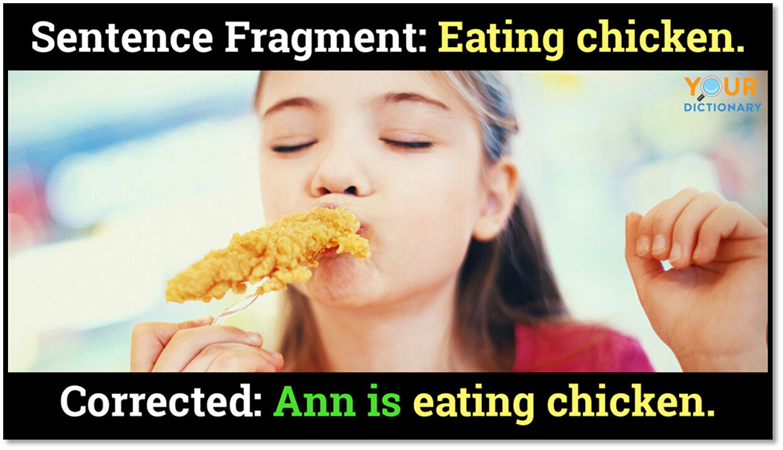
To correct a sentence fragment:
∑
add a subject or verb
∑
combine two clauses with a connector
o Example:† I went to Italy last summer. It was a wonderful trip. (✓)
o Example:† Students do not often major in art because
they worry about job opportunities. (✓)
Letís Practice
Click on the image to complete a learning
activity on sentence fragments.
Username
masloski7511
Password
lemon6753
Understanding Grammar: Avoiding Run-On Sentences and Comma
Splices
A run-on
sentence occurs when two independent
clauses (complete sentences) are combined without proper punctuation or a
conjunction.
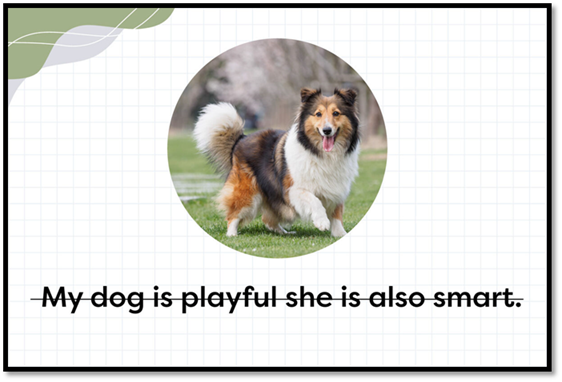
To rectify a run-on sentence:
∑
separate the sentences into two with end punctuation
∑
add a connector
o Example:† I went to France I did not visit Paris. (X)
o Example: I went to
France. I did not visit Paris. (✓)
o Example:† I went to France, but I did not visit Paris.
(✓)
o Example: Though I went
to France, I did not visit Paris. (✓)
A comma splice happens when a comma
incorrectly separates two independent clauses.
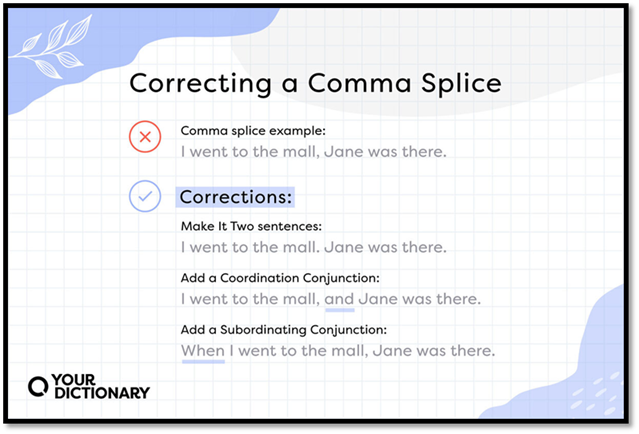
To correct a comma splice:
∑
add a connecting word or phrase after the comma
∑
create two sentences from the one
o Example:† I went to France, last summer, it was a great trip. (X)
o Example:† I went to France last summer, and it was a great trip. (✓)
o Example: I went to
France last summer. It was a great
trip.† (✓)
Letís Practice
Click on the image to complete a learning
activity on run-on sentences.
Username
masloski7511
Password
lemon6753
What is a Concluding Sentence?
The concluding
sentence is the final sentence of a paragraph, bringing it to a close and
signaling to the reader that the discussion related to the topic sentence is
complete.
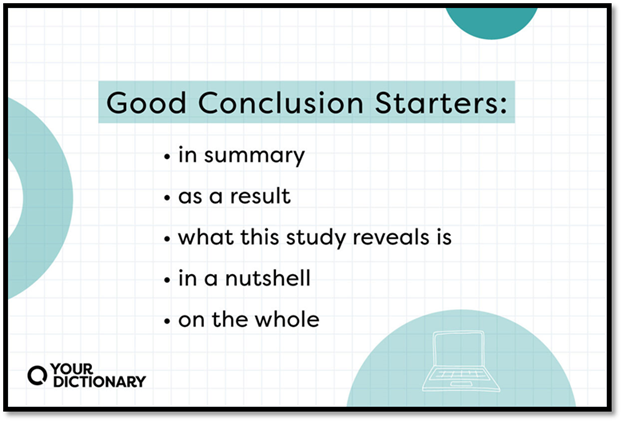
A concluding sentence typically serves one or
more of the following four purposes:
1.
Restating the main idea: Summarizing the main
idea or points discussed in the paragraph reinforces the core message. It may
convey a similar thought as the topic sentence but in different wording.
2.
Offering a suggestion: The concluding
sentence may provide readers with advice or recommendations on what they should
consider or do in relation to the topic.
3.
Expressing an opinion: The writer can share their thoughts or
beliefs, providing a subjective viewpoint.
4.
Making a prediction: The concluding sentence might
speculate about future possibilities or outcomes related to the topic, giving readers
insights into what may happen.
The following are transitional words and phrases commonly used at the beginning of a
concluding sentence. There is usually a comma after the transitional word or
phrase.
|
As a result, Certainly, In conclusion |
Clearly, Overall, Because of this, |
Therefore, Thus, For this reason, |
Surely, For these reasons, In brief, |
Click on the image to
complete a learning activity on commas.
Username
masloski7511
Password
lemon6753
Building Better Vocabulary
∑
Construction
∑
Continents
∑
Destination
∑
Due to
∑
Laundry
∑
Opportunities
∑
Options
∑
Shallow
∑
Surround
∑
Survive
